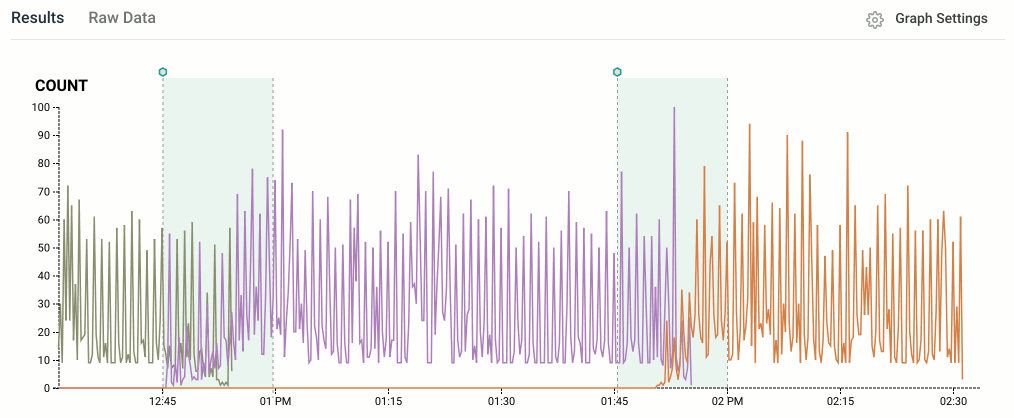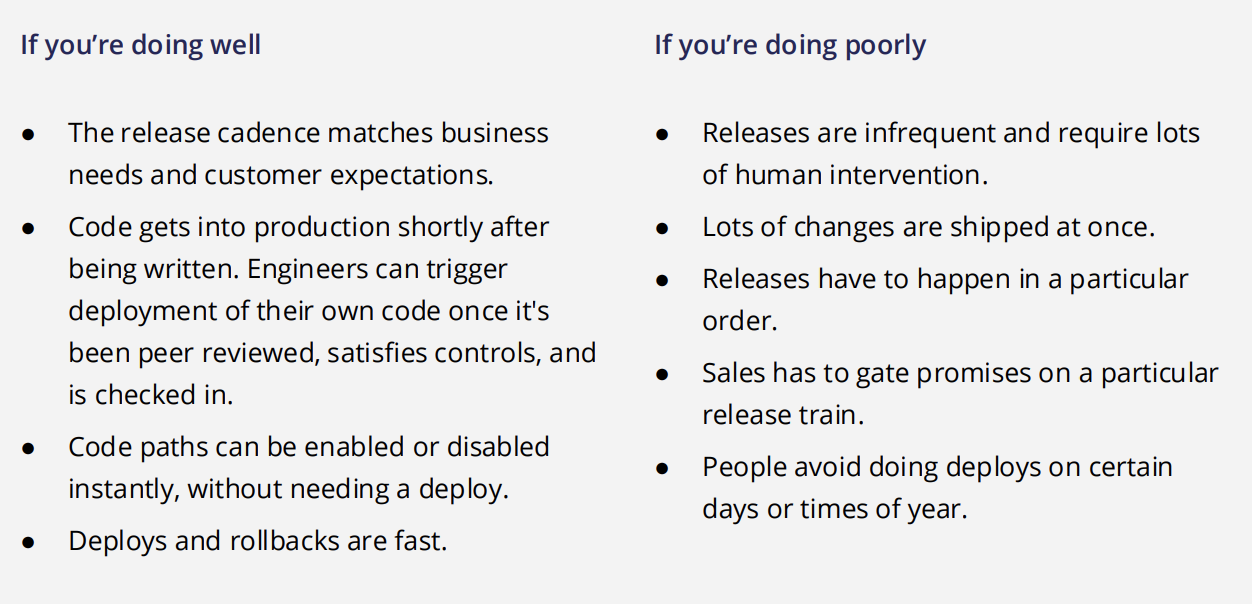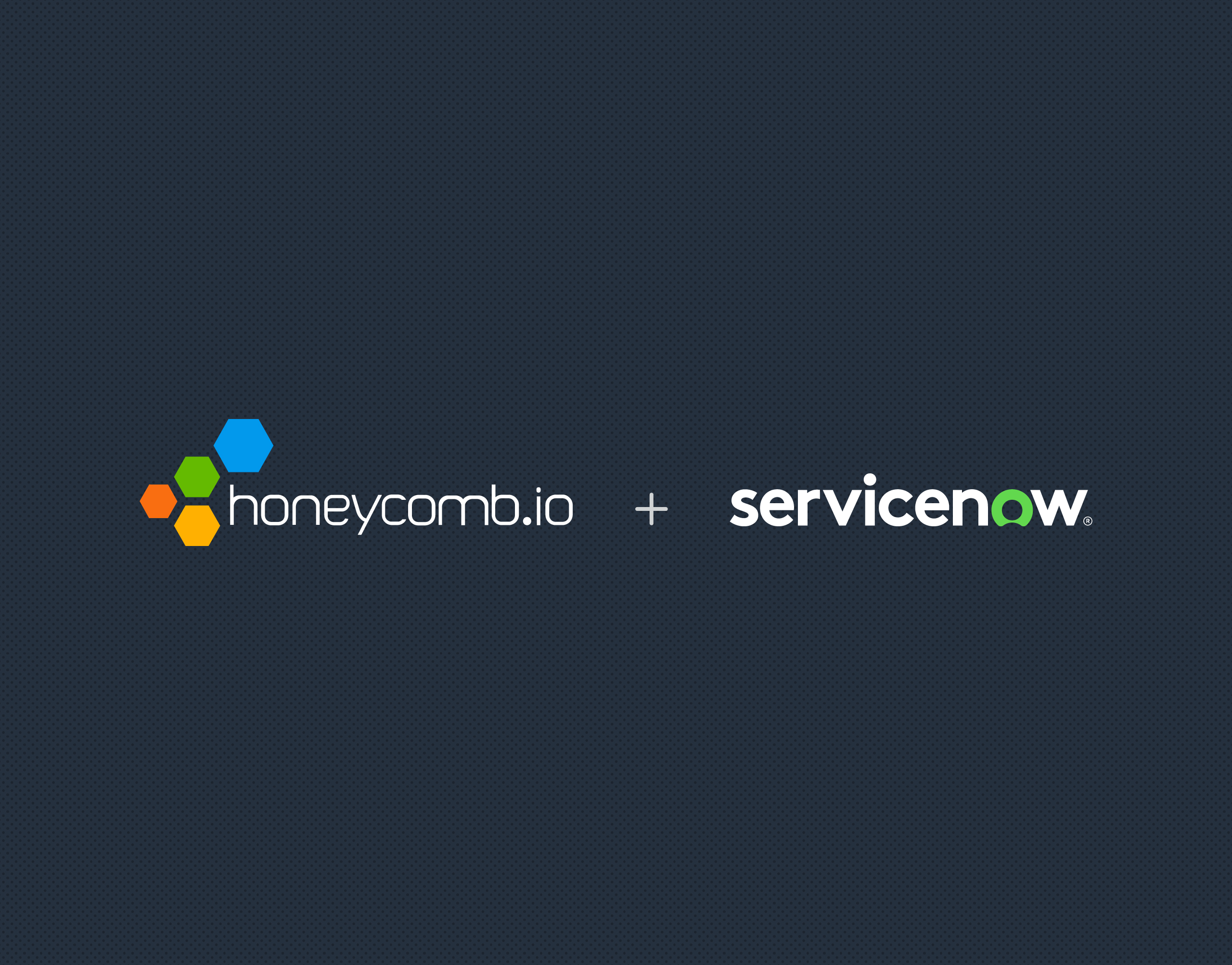We recently sponsored our partner CloudBees’ conference DevOps World & JenkinsWorld in San Francisco and our message “Observe how Customers Experience Your Build” resonated well with the folks we met. Release engineers are critical to the continuous delivery cycle and knowing the right time to ship is important for internal business stakeholders but more importantly end-user customers and especially if it’s a significant release. Once a new build hits production, multiple teams need to observe the system proactively so they can resolve any questions, concerns and more importantly incidents that could negatively impact end-user satisfaction.
According to the State of DevOps Report 2019, elite performers have 208 times more frequent code deployments and are 106 times faster in lead time from commit to deploy. Getting into a predictable release cycle is a software engineering best practice and if you have confidence in knowing that you can proactively resolve incidents, you are likely to find a consistent cadence for both internal business processes and customers.
Trip report
In attendance at the event were two distinct groups: users of the CoudBees CI/CD platform in addition to JenkinsX users, the native CI/CD for Kubernetes environments. Observability starts with instrumenting code, and with better telemetry, teams can validate and resolve issues much faster. Tracing is a great way to proactively watch for errors or latency once a new release is shipped. In this blog post, Oscar Medina explains how Honeycomb’s built in tracing capabilities tell you start and end times, including duration for your events. Honeycomb will know which CI/CD provider you’re using and can add additional metadata fields to the dataset to reflect your choice. Honeycomb identifies which BuildPack is being used as well, which means it can determine which named steps are being used and timestamp them accordingly.
Speed your deploys with observability
Imagine a world where you are pushing multiple releases hourly and potentially thousands per day, it becomes extremely difficult to know what changed when in production. Honeycomb allows you to put timeline markers into your deploy automation so you know exactly when a deploy occurred. This webcast explains in more detail with a Honeycomb demo starting at 21.33 minutes. Tune in to learn how CI/CD integrated with an observability tool navigates you quickly to where something changed in your code and helps further investigation to resolve any latency or errors. Deploy Markers give you immediate visual indicators on exactly when code changes occur. Navigate to other events during that timeframe to investigate any unusual behavior.

Where are you in your observability journey?
No-one wants to push bad code but the unforeseen can inevitably happen. Teams can now stay on top of production and understand what’s happening at each stage in the lifecycle. Observability is about asking unknown unknowns but its impact can be felt at all stages from code to prod and CI/CD is a critical step on that journey. Check out the Observability Maturity Model framework to understand how you can streamline and reduce friction during code ship. Your on-call teams will remain confident and you customers will thank you.

The CI/CD phase of software delivery is receiving a lot of attention as teams are under pressure to innovate with velocity. The newest term is Software Delivery Management and it’s much more focused on striking the balance with improved governance and less hindrance to developer creative freedom. The State of DevOps 2019 report re-validated the positive impact of loosely coupled architecture on CD. A loosely coupled architecture is when delivery teams can independently test, deploy, and change their systems on demand without depending on other teams for additional support, services, resources, or approvals, and with less back-and-forth communication. This allows teams to deliver value quickly, but it requires orchestration at a higher level. That’s the key to integrating CI/CD with Observability.
Want to find out how you can ship faster and more safely with observability? Sign up for a free Honeycomb trial!







